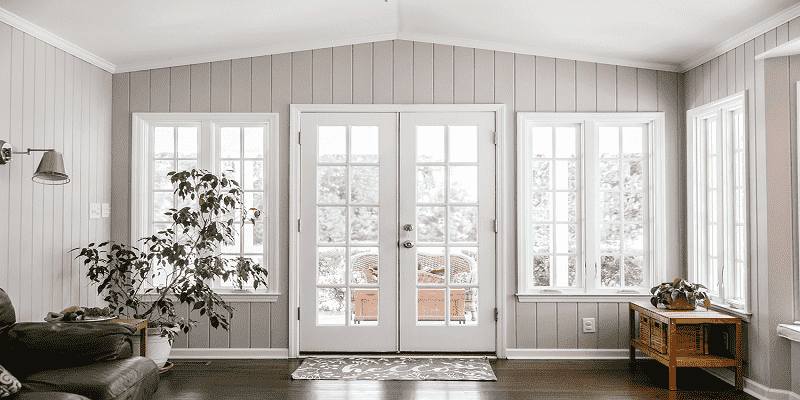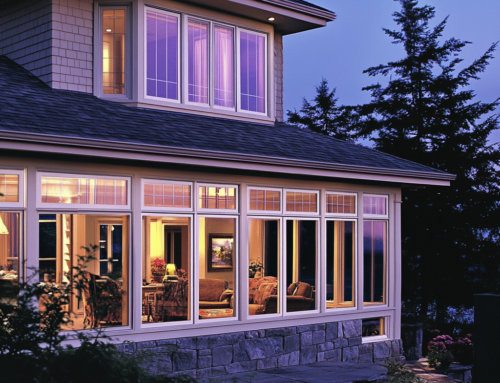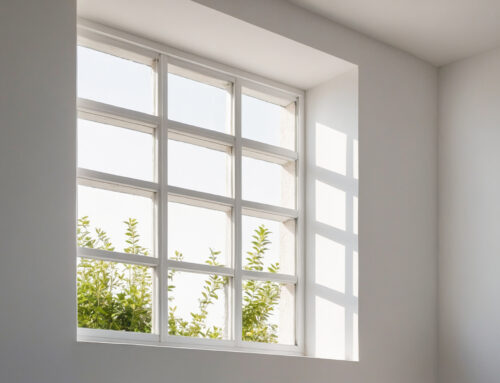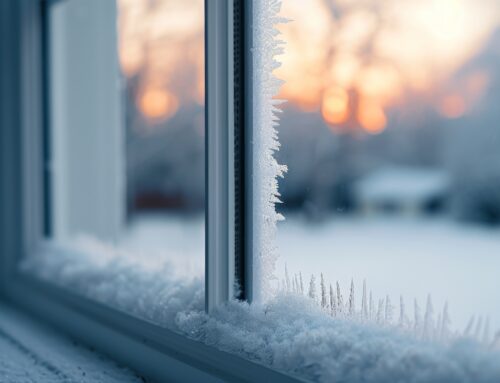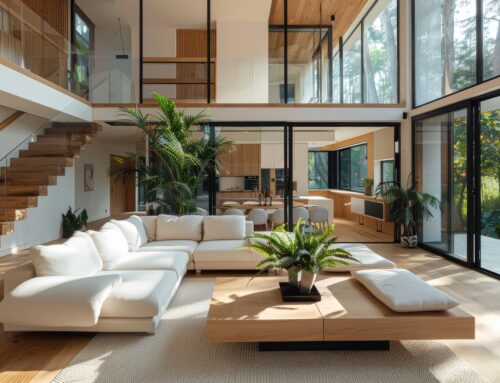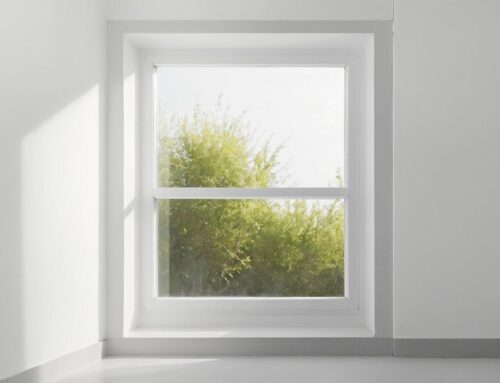Windows are vital components of any home, offering ventilation and natural light and contributing significantly to energy efficiency. Replacement windows in Springfield, MO, old or inefficient ones with modern units, can enhance your living space and decrease your carbon footprint. Here’s how investing in retrofit window replacement can lead to a greener lifestyle and a more sustainable planet.
Increased Energy Efficiency
Older windows, particularly single-glazed or poorly sealed ones, are infamous for being energy sinks. They allow heat to escape during winter and unwanted heat to ingress during summer, leading to over-dependence on heating and cooling systems. Newer, energy-efficient windows are designed to prevent thermal transfer. Technologies such as double or triple glazing, inert gas fills between panes, low-emissivity (Low-E) coatings, and thermal breaks all contribute to maintaining a home’s internal temperature, thus substantially decreasing the need for artificial climate control.
By cutting down the energy needed to heat or cool your home, you’re reducing the demand for power plants that often ignite fossil fuels. The result is a substantial decline in greenhouse gas emissions — a win for your utility bills and the environment.
Choice of Materials
When considering window replacement, material selection is critical. While traditional and visually appealing, wood demands regular maintenance and can be less durable unless properly treated and maintained. Vinyl and fiberglass, on the other hand, come across as more sustainable options. They provide excellent insulation and require less energy to manufacture and carry over their lifespan than aluminum or wood. Moreover, these materials don’t need painting or staining, which means fewer chemicals and pollutants are released into the environment over time.
Longevity and Durability
Modern windows are built to last. Opting for quality products with robust construction increases the interval between replacements. This longevity translates to less frequent consumption of raw materials and reduced waste entering landfills. In essence, by investing in durable window solutions, homeowners can diminish their environmental impact through reduced resource churn.
Sunlight Without Sacrifice
Windows plays a crucial part in harnessing natural light, which can reduce reliance on artificial lighting, thereby saving electricity. Today’s high-performance windows come designed to maximize daylight penetration while minimizing UV and infrared rays that could contribute to heat buildup. Products with spectrally selective coatings let in visible light while reflecting a significant portion of solar radiation, striking an optimal balance between illumination and temperature control.
Proper Installation and Disposal
The benefits of new windows can only be fully realized if installed correctly. Proper sealing and insulation around the window frame are imperative to ensure no energy leaks occur. Furthermore, responsible disposal of old windows is equally important. If your old windows are in decent shape, consider donating them to local building material reuse centers. If they need to be reusable, enquire about recycling programs that responsibly handle glass, metal, or wood components.
Bottom Line
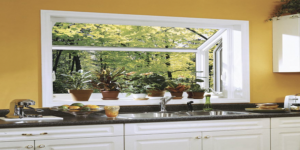 Reducing your carbon footprint isn’t always about large-scale lifestyle overhauls; sometimes, simple upgrades, like window replacements, have a considerable cumulative effect. Modern, efficient replacement windows in Springfield, MO, offer an excellent return on investment through direct savings on energy bills and playing a role in the global effort to mitigate climate change.
Reducing your carbon footprint isn’t always about large-scale lifestyle overhauls; sometimes, simple upgrades, like window replacements, have a considerable cumulative effect. Modern, efficient replacement windows in Springfield, MO, offer an excellent return on investment through direct savings on energy bills and playing a role in the global effort to mitigate climate change.
As we strive towards sustainability, every decision counts. Therefore, replacing inefficient retrofit windows with eco-friendly alternatives represents a commendable step toward a lower-carbon future—bolstering the health of your home and our shared environment. Our staff at Lifemark Bath & Home / Window Depot of the Ozarks are here to help. Contact us today to learn more.


